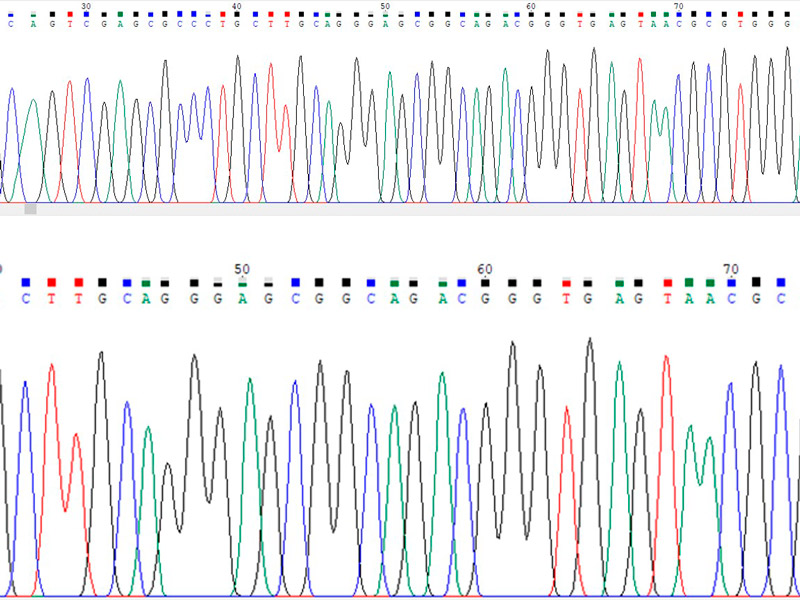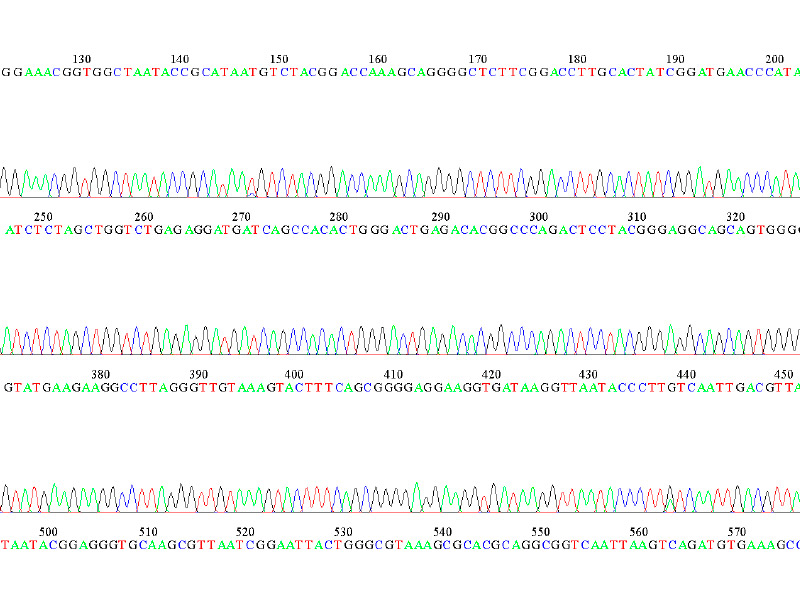
Microbial identification by essential gene sequencing.
Identification of prokaryotes
One of the beardly employed techniques for the identification of prokaryotic strains is based on partial or complete sequencing of the 16D rRNA gene. This technique allows the identification of strains at least to genus level, and often to species level. This is done by sequencing hypervariable areas of the 16S rRNA gene where most of the nucleotide differences between species accumulate. In the case of partial sequencing, approximately 1000 nucleotides are sequenced, and in the case of complete sequencing, approximately 1500 nucleotides are sequenced.
In genera for which 16S rRNA sequence analysis is not sufficiently decisive at the species level, identification can be improved by sequencing other essential genes. The choice of these genes depends on the microbial group to which the isolated belongs. Some of the most commonly used genes in prokaryotes are: recA, gyrB, ftsZ, rpoD, mreB, etc.
Identification of eukaryotes
The identification of filamentous fungi and yeasts combines phenotypic and molecular techniques. The latter are based on the analysis of different regions of the ribosomal DNA: sequencing of the D1/D2 domains of the 28S rRNA gene and the ITS region (ITS1 and ITS2 intergenic spaces and which includes the 5,8S rRNA gene). Additionally, depending on the group to which the microorganism to be identified belongs, the sequencing of several genes involved in the maintenance of cell metabolism (β-Tubulin, Translation elongation factor 1α, among others) is used.
- Microbial identification
ISO 9001:2015
The user must send an active culture of each strain (triple streak seeded Petri dish in the case of prokaryotes and yeasts; slant agar tube is also accepted in the case of filamentous fungi).
Contact: bacterias@cect.org and hongos@cect.org














